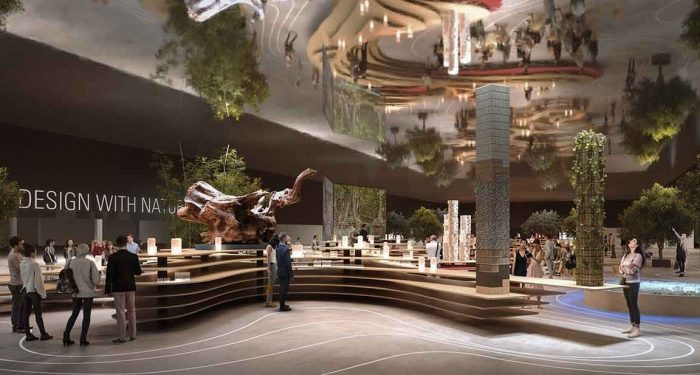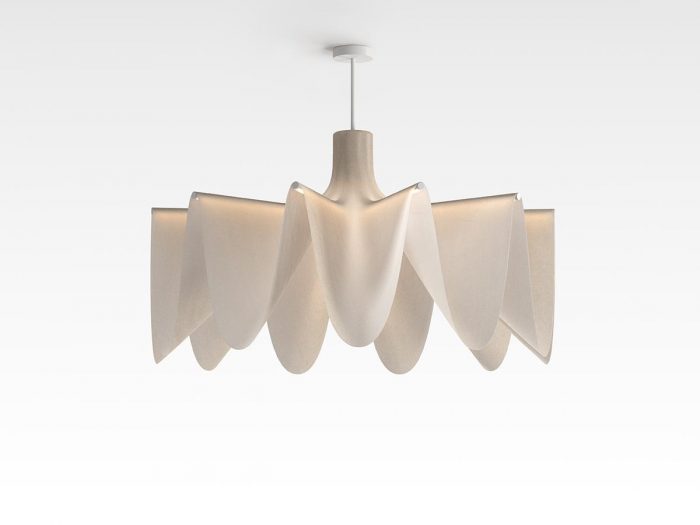
- Permbajtja
- prev
- next
- prev
- next
5 outstanding design features at Salone Del Mobile 2022
Salone del mobile, the famous design fair, celebrated its 60th anniversary this year! Due to the ongoing situation, it took place about two months later the time that is usually realized, eventhough the success of this edition exceeded expectations!
Ronda design
It would not make sense that this last two years experience of how our life is conceived was not reflected into the design worlds, especially when there were drastic changes!
This is why, sustainability was the main theme, by bringing back into life iconic models made with recycled materials. Hybridisation was also part of the theme, giving importance to the demands of today, where the premises must be modifiable, so the furniture was made modular, to give it as much freedom as possible!
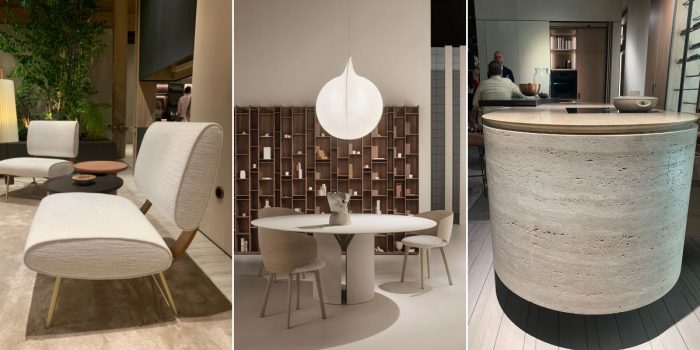 Molteni &Dada MDF Italia. Shāke Design
Molteni &Dada MDF Italia. Shāke Design
The transformation of a comfortable life inside the house consequently the world of interior design immediately started to respond the new demands. While exploring the fair, ( who has ever been, knows how much exhausting and inspiring is at the same time!) we noticed common features that represented this new shift, that you will definitely will notice on upcoming projects!
More than trends, we noticed key features of contemporary design and this is why we are brining to you the main 5 main design features during the Salone del Mobile fair! ( you will love them!)
Explore the 5 main design features in Salone del Mobile!
01.Organic and curved shapes!
In contrast to the trends of previous years, the first thing that impressed us, was a more organic approach to this year's furniture in salon del mobile:
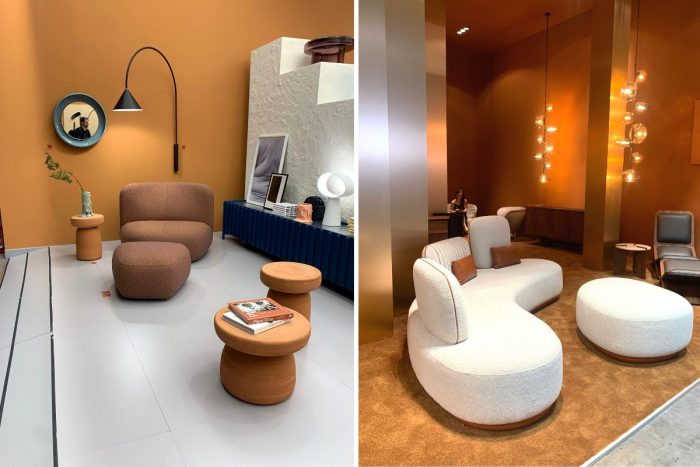 Miniforms Paulo Antunes Furniture
Miniforms Paulo Antunes Furniture
Round sofas, curved kitchens islands, soft shapes in stark contrast to the geometry and rigidity that previous trends displayed. Even office furniture came in curved lines, organic shapes, looking comfortable to work from home, like MOON chair. from Quadrifloglio goup (known for designing office furniture)
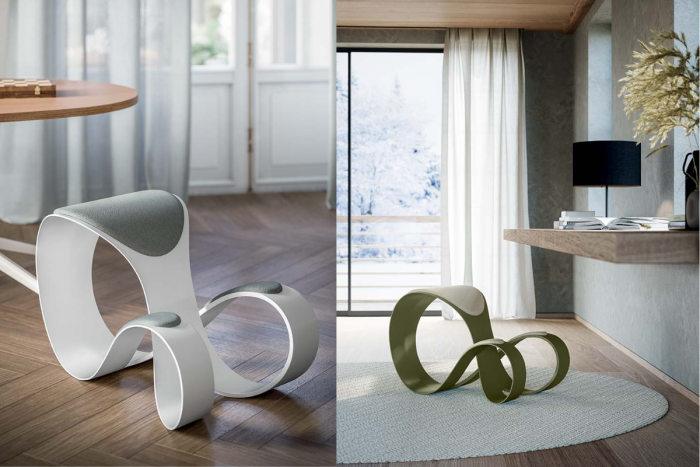 Moon- quadrifolio group
Moon- quadrifolio group
This tendency can be percieved aa a reaction to the need of a recall closer to nature, with soft lines after the pandemic isolation, and at the same time, contranst of previous trends is wellknow throughout design history.
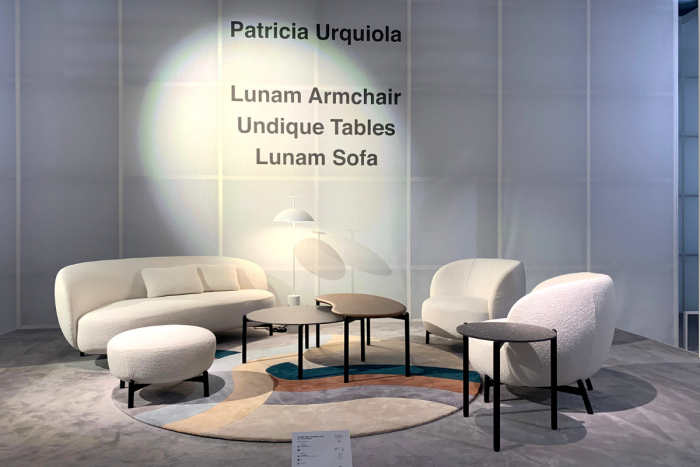 Kartell- Patricia Uquiola design
Kartell- Patricia Uquiola design
02.Nature everywhere!
The most common feature in almost every stand was the presence of nature, though plants, decor object of natural materials, like stone, almost raw and unfinished. Earthy tonalities, shades of green were among the finish colours selected to recall nature inside our homes.
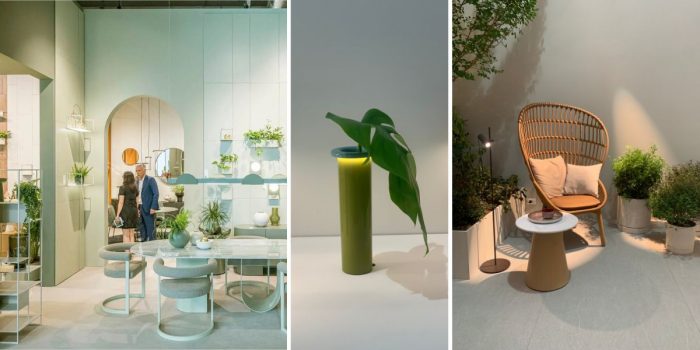 Ronda Design Magis Kettal
Ronda Design Magis Kettal
The 60th edition of the Salone del Mobile will once again explore the relationship between nature and the way we live, with a major exhibition/installation that will offer triggers for reflection on the future of design practice.
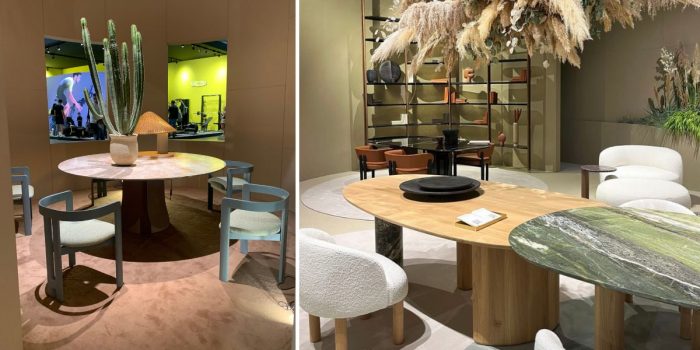 Tacchini Nature design
Tacchini Nature design
03.The outdoor is the new interior!
During the pandemic, balconies, verandas and gardens took on another value as the only daily connection to nature and the world around. Unsurprisingly the industry of outdoor design of furniture adapted immediately to this value shift.
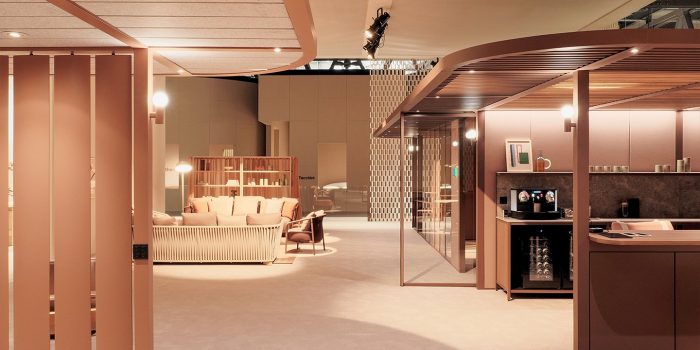 Kettal - outdoor
Kettal - outdoor
With lightweight materials, in organic forms, with natural finishes, outdoor product's design underwent a considerable boost and evolution.
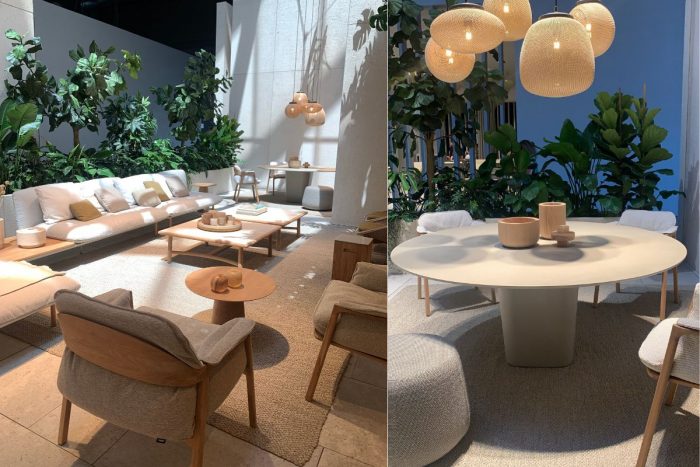 Tribu- Outdoor living
Tribu- Outdoor living
04.Hand-crafted objects as a common denominator
An element that caught our eye from the first visits was a strongpresence of handicrafts object! Primarily we encounteredthem as delicate pendant light made of paper over most of the dining table at the major brand's stands, enforcing this edition's theme: to create a design closer to traditional techniques, elevating individuality and originality.
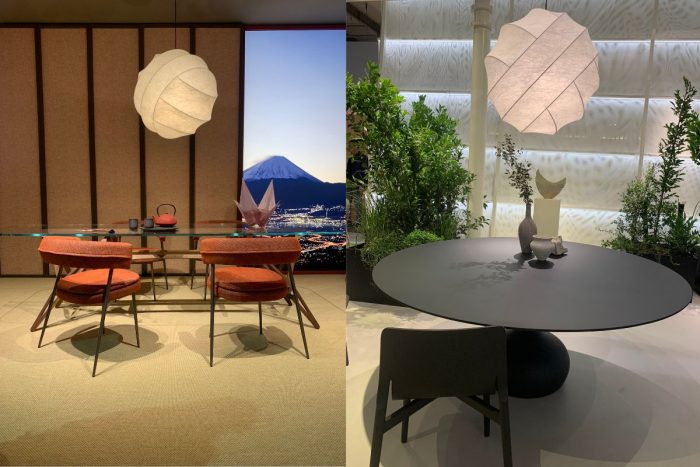 Zanotta Tomansella
Zanotta Tomansella
An artisanal touch was present in most of interior design, from chairs, tables, and artistic objects such these amazing ceramic heart!
A more soft approach with accepting an object that feels unfinished, by accepting so the imperfection! (Something alike the concept Wabi-Sabi)
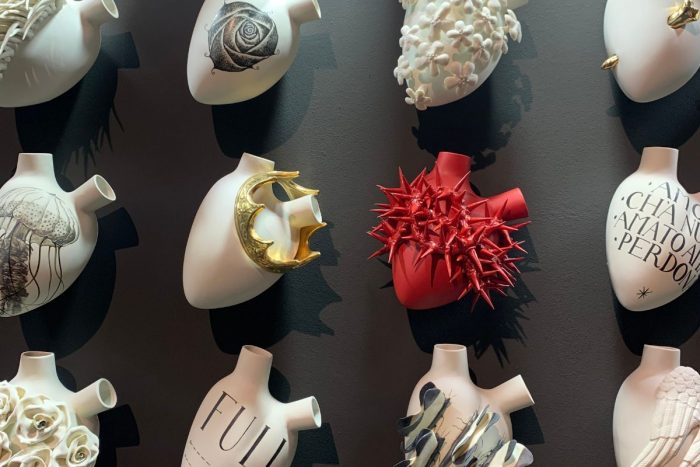
Elica studio- ceramic hearts
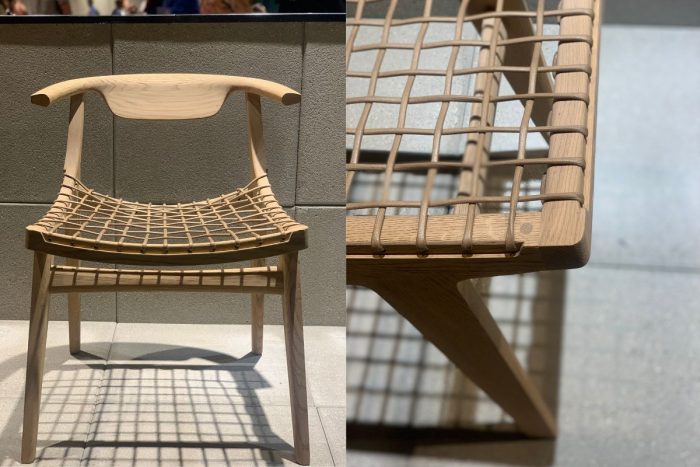
05.Sustainable design is the key!
Companies have taken seriously the change towards a sustainable design. Famous companies for the use of plastic in their products,, are directed around new solutions.Kartell, well-known for the use of colourful plastic designs, this year brought a design from Antonio Citterio : Re chair made all from recycling Illy Caffe capsules.
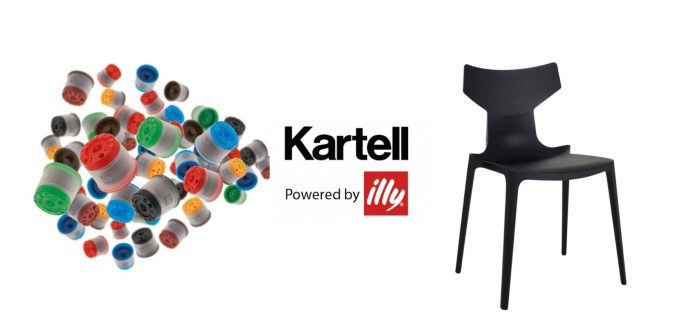
Even Artemide, this year introduced a new lighting design by BIG, Veil, which uses 10-30% recycled plastic.
Design with Nature: a project developed with the architect Mario Cuninella, which explores the themes of circular economy and reuse, starting with the idea that cities could be possible “reserves” of the future, where most of the raw materials used in construction could be sourced. Seen from this perspective, urban areas could become genuine, new opportunities to cut environmental impact.
